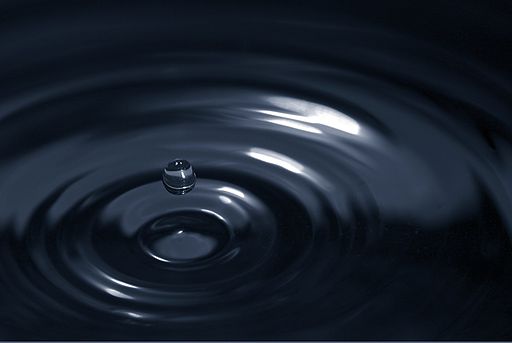
Introduction
Although the earth is covered with nearly 75% water, more than 10% of our planet is considered desert, not including the poles. The 30-degree south and 30 degree north latitude lines enclose much of this arid environment. The depleted resources of pure water are continually increasing in cost and demand. Water is perhaps one of the most neglected natural resources available to us. "More than half of humanity will be living with water shortages, depleted fisheries and polluted coastlines within 50 years because of a world-wide water crisis" (USA TODAY). This global crisis can be attributed partially to water waste and poor water management. Because of this, in many areas there is not enough water to irrigate crops, or the drinking water available has been contaminated. A large supply of freshwater comes from rivers, lakes, and aquifers, however these sources are often not replenished as fast as they are being depleted. Naturally, this eventually leads to human and environmental disasters. In our area, the Grand Ronde Aquifer, which is the sole source of potable for the Palouse is being depleted.
Water Supply
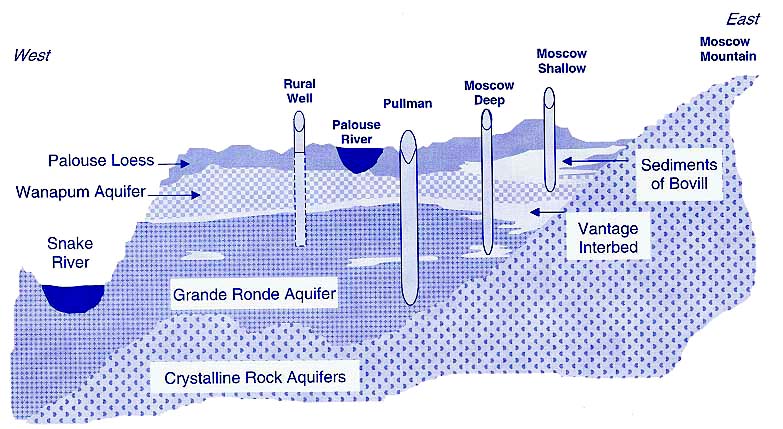
Aquifer below Moscow, Idaho
This cross section shows the Grand Ronde Aquifer which is the sole source water supply for the Palouse, where Washington State University and the University of Idaho are located. Annually the water level in the Grande Ronde aquifer has been declining by an average of 1.3 feet per year for 50 years or more, although the decline in recent years has averaged .9 feet. This is clearly an unsustainable situation in which the capacity of aquifer to support current levels of use has been exceeded, but its unclear when the drawdown will limit our ability to pump water from it.
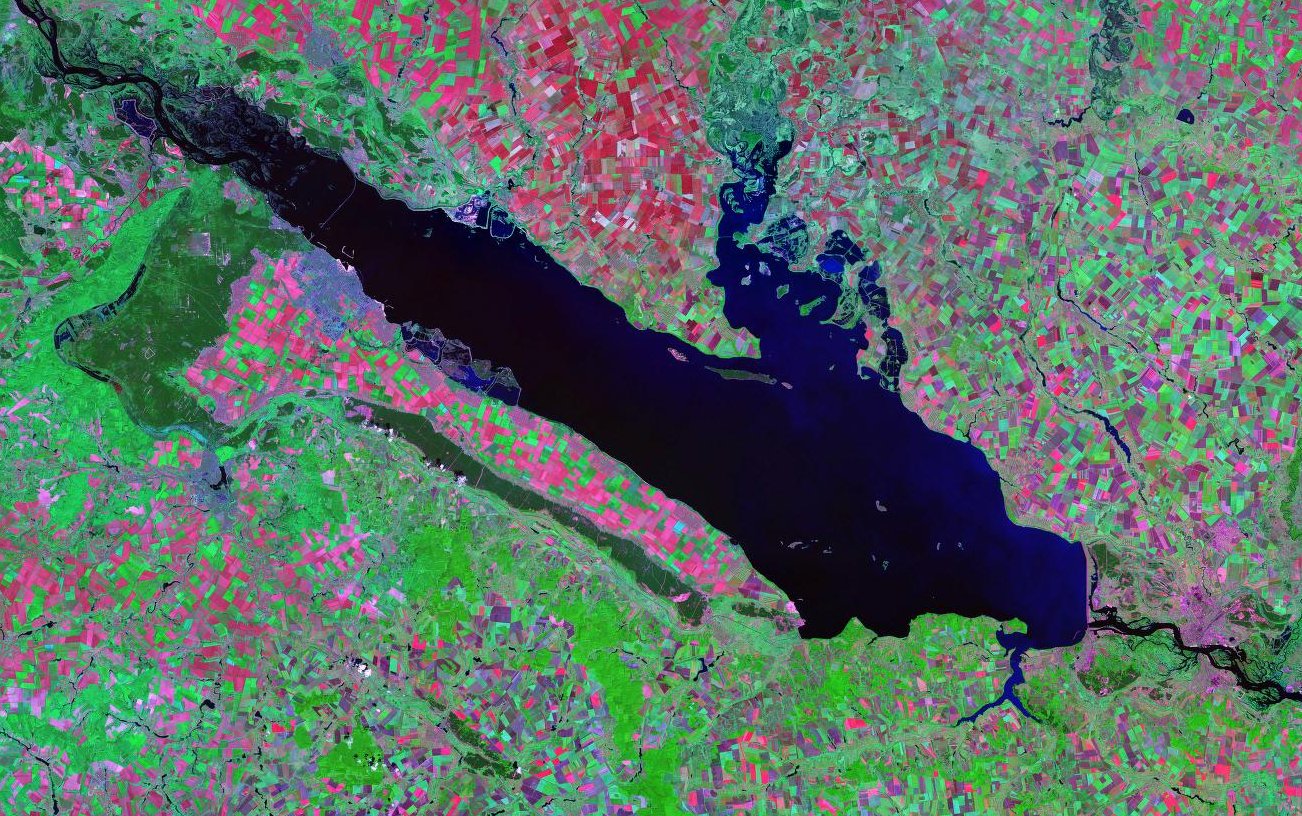
Fresh water reservoir surrounded by agriculture and potential contamination. Image: NASA Landsat, public domain.
Most cities and towns in the American West must conserve water to reach a sustainable state. Even places like Seattle, experience drought during the summer months. Where water supplies are abundant, such as in western Oregon, the cost of water is substantial, since the cost of purchasing and protecting a watershed, and then treating the water to make it potable are high. The homeowner is motivated to conserve water as an economic issue.
Water Use
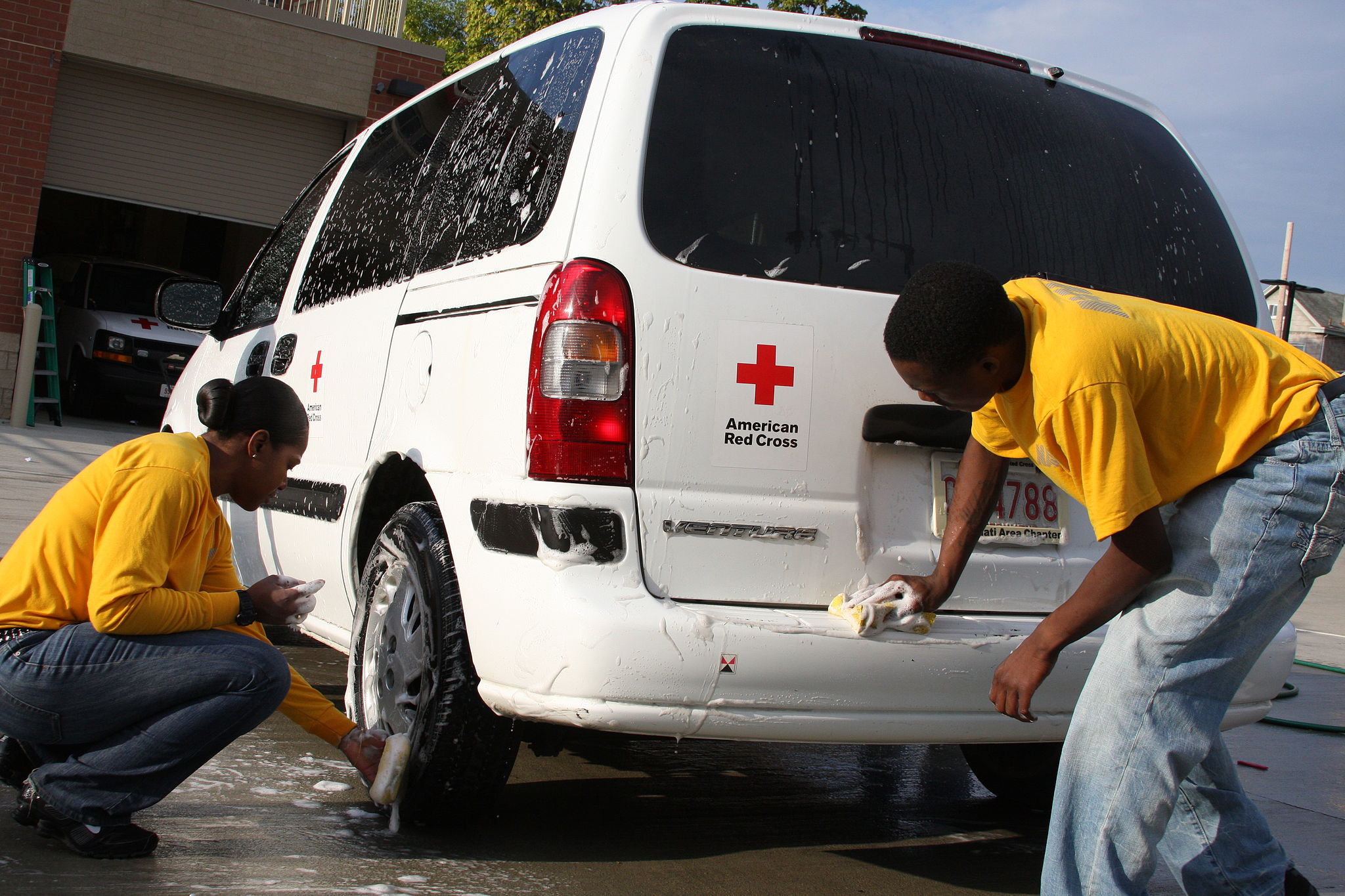
There are many opportunities to substitute non-potable water to conserve drinking water. Steve Carlson Public Domain
As with energy, Americans are prolific users of water compared to citizens of other countries. In fact, the U.S. has the world's highest per capita water use, at over 750 thousand gallons per year (including water to produce food and products). There is actually a strong link between water and energy use. It takes a considerable amount of energy to deliver and treat water. For example, letting a faucet run for five minutes uses about as much energy as letting a 60-watt light bulb run for 22 hours.
On average in the U.S., 58% of domestic water use is outdoors and 42% is used indoors. For the Palouse the distribution is 70% indoor and 30% outdoor use. Of the indoor use the percentages are distributed in the following way,
- 31% Toilets (5 flushes per person per day on average)
- 2% Baths
- 19% Showers
- 25% Clothes Washers
- 2% Dishwashers
- 18% Faucets
- 3% Other Domestic Uses
The per capita use of water varies by city and region with users in the arid west consuming the most. Cities, like Seattle, with comprehensive water conservation programs have been able to reduce per capita use significantly. Per capita use in Seattle is 97 gallons per day (down from 154 gallons). Most people in North America use 50 to 70 gallons of water indoors each day and about the same amount outdoors, depending on the season, for a total use of 100 -140 gallons per day. About half of the total potable water is used for irrigation of the ornamental landscape but this varies widely by region. In the Moscow, Idaho water use was about 107 gallons per person per day in 2009. This high rate is, nevertheless, lower than the 135 gallon per day in 2001.
Bath |
A full tub is about 36 gallons. |
Shower |
2 gallons per minute. Old shower heads use as much as 5 gallons per minute. |
Teeth brushing |
<1 gallon, especially if water is turned off while brushing. Newer bath faucets use about 1 gallon per minute, whereas older models use over 2 gallons. |
Hands/face washing |
1 gallon |
Face/leg shaving |
1 gallon |
Dishwasher |
4 to 10 gallons/load, depending of efficiency of dishwasher |
Dish washing by hand: |
20 gallons. Newer kitchen faucets use about 2.2 gallons per minutes, whereas older faucets use more. |
Clothes washer |
25 gallons/load for newer washers. Older models use about 40 gallons per load. |
Toilet flush |
3 gallons. Most all new toilets use 1.6 gallons per flush, but many older toilets used about 4 gallons. |
Outdoor watering |
5 to 10 gallons per minute |
|
http://ga.water.usgs.gov/edu/qa-home-percapita.html. 2013 |
There are many measures that we can take to conserve water and to clean and reuse water. For example, we can inexpensively collect rainwater and use it for non-potable purposes. This would reduce the demand for potable water withdrawn from aquifers and surface water sources. There is a great deal of water waste generated by all categories of land use. Some of this is highly polluted water discharged from toilets, kitchen sinks and industrial processes. However, water from other sinks, showers, washing machines and rainwater draining from roofs is less polluted. This is called greywater (in contrast to blackwater from toilets and kitchen sinks) and is relatively easy to clean and re-use. We could conserve water by using water efficient appliances, modifying our wasteful habits and designing landscapes with drought tolerant plants and supporting them with efficient irrigation systems. Water for irrigation of the ornamental landscape need not be potable. Therefore, we can capture stormwater runoff, or treat blackwater and greywater to meet irrigation needs.
Using the information provide above, calculate the gallons per year per person for toilet flushing. Did your total equal more that 2,920 gallons per year? If so it may be due to variation in the gallons used per flush. 2,920 gallons is the average consumption for fairly high efficiency toilet (1.6 gallons per flush).
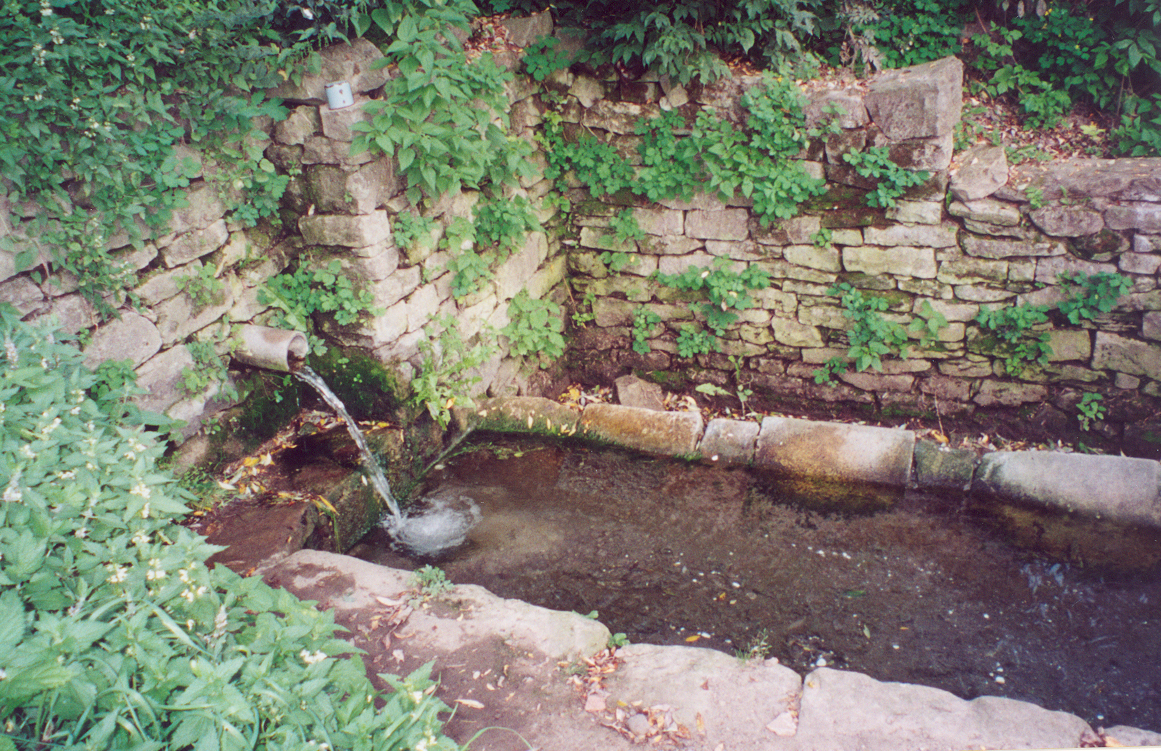
Base flow provides this potable water. A pipe is driven horizontally into the hill to tap the resource. Photo: USchickCC-BY-SA-3
Stormwater runoff in urban settlements is another example of wastewater. Converting the natural landscape for human use almost always increases the rate and volume of stormwater runoff. This damages the structure of urban streams and compromises aquatic organisms. It even presents a threat to human health since urban runoff is highly polluted. The corollary is that when there is increased runoff then there is then less available for infiltration and subsequent base (ground water) flow that sustains the aquatic environment in the dry season.
Course Focus
In this course, we will address all of the problems and opportunities noted above. You will learn how to design and specify landscape solutions, creating proposals for landscapes that perform to fulfill a range of engineering, environmental and cultural functions. The focus of the course will be on demonstrating the performance of the landscape designs that you implement. To do this we will rely on engineering software and environmental engineering research in addition to more traditional methods of landscape architecture, such as planting and irrigation design.
Water Resources and Deficits
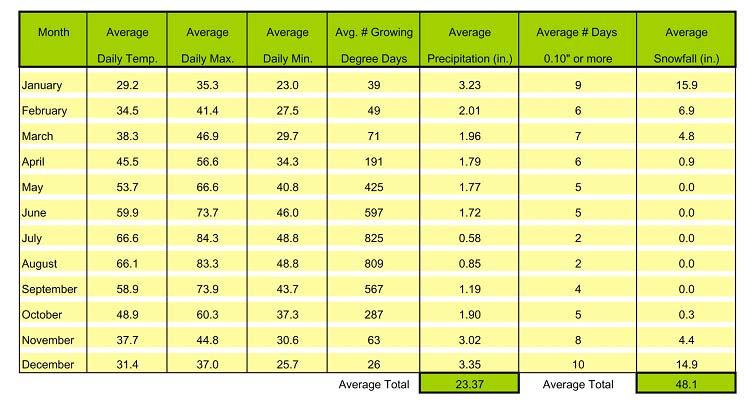
Moscow, Idaho Precipitation
Aquifers, rainfall, reservoirs and other surface water are resources that we can assess as we begin to understand the water budget of a region. However, sustainable use of aquifers and surface waters coupled with understanding of the local precipitation is a starting point for creating a supply system. The table above shows a twenty-two year average of temperature and precipitation data for Moscow, Idaho.
There are other outstanding resources that you can use to gain an accurate understanding of the climate in your area. For example, NOAA provides weather station data for thousands of locations across the US. Take some time to learn how to request the information available and see the reports at http://www.ncdc.noaa.gov/cdo-web/. For example you can learn from the annual summaries for Moscow that between 2000 and 2012 the number of days per year when precipitation exceeded 1" were between 0 and 4 days and that during this period the greatest amount of precipitation was 2.37 inches which fell as snow on December 3, 2007.
You can get a three day history of weather activity from the weather station at the Moscow-Pullman Airport. During the semester visit this site after significant storm events to understand how the data relates to stormwater conditions that you observe in the landscape.
http://forecast.weather.gov/MapClick.php?CityName=Moscow&state=ID&site=OTX&textField1=46.7325&textField2=-116.999&e=0#.UtL5R2RDuJK
Detailed Washington state weather data is also available on the Internet at
http://weather.wsu.edu/awn.php
The Western Regional Climate Center data is available for other weather stations in the western US at
http://www.wrcc.dri.edu/climatedata/climsum/
Like many universities the University of Idaho maintains its own weather station. You can obtain data from this resource at
http://www.wrcc.dri.edu/cgi-bin/cliMAIN.pl?id6152
The pan evaporation data from National Oceanic and Atmospheric Administration (NOAA) illustrates that for Moscow, Idaho evaporation is 35.36 inches for the May-October period. Evaporation data is available for several weather stations in every state at http://www.nws.noaa.gov/oh/hdsc/PMP_related_studies/TR34.pdf. This data illustrates that evaporation stress exceeds precipitation. This is the typical situation in the western US.
The potential evaporation and transpiration is also an important aspect of the water budget. For example, Potential Evaporation-Transpiration (PET) tables tell us that in Moscow, Idaho one must add 4" of water in July and August to keep turf grass healthy.
Supply
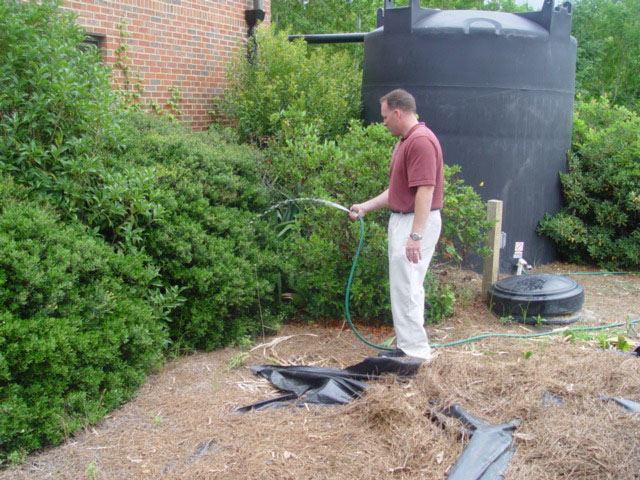
Water tank supplying irrigation. Photos: NCSU - BAE
We might be able to collect water during the months when it is plentiful and store it for use during the dry season. Could we collect enough to meet the volume needed to flush toilets that you calculated earlier? That depends on the size of the collection area (usually roofs) and the amount of natural rainfall. A helpful formula calculates the amount of rain that can be captured per inch of rainfall.
Roof area (sq. ft) x 1 inch of rain x 600 divided by 1,000.
Assuming a 1,000 square foot roof catchment area then 1,000 x 1 x 600 divided by 1,000 = 600 gallons
Is this enough to flush toilets for one person per month?
Moscow, Idaho receives about 23 inches of rain per year. Therefore, one should be able to collect 13,800 gallons per year from a 1000 square foot roof.
600 gallons per inch x 23 inches = 13,800 gallons
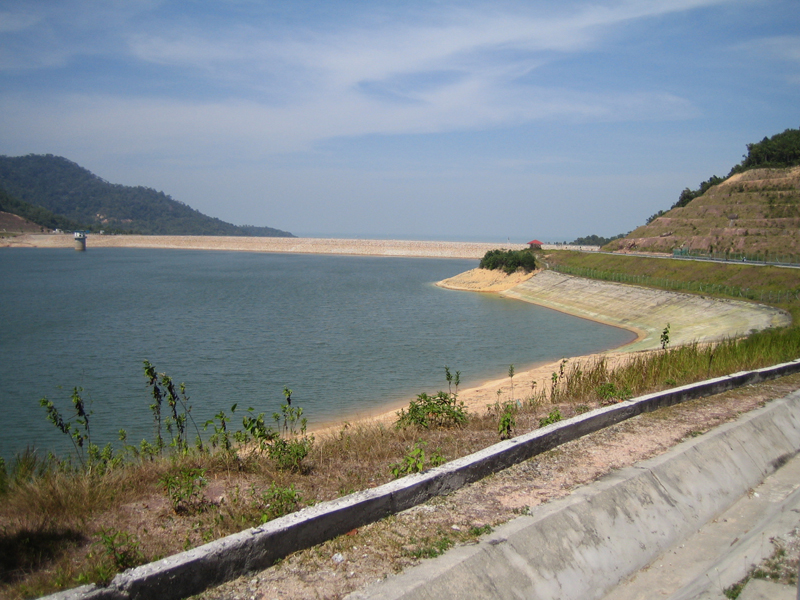
Fresh water reservoir. Photo: Jeremy Foo, license CC-BY-2.0
Before studying various techniques of harvesting rainwater, we should go through the process of determining how much we need to collect satisfy the demand for irrigation water. We need to estimate how much water must be applied to the landscape in each month and subtract the amount provided to the plants by natural rainfall. If our landscape included 2,000 square feet of turf then for the two warmest and driest months (July and August) we would need 8" (.66 feet) of water or 1,333 cubic feet (2,000 x .66) of water to provide the 8" of water necessary. 1 gallon equals .1336 cubic feet, so there are 7.48 gallons per cubic foot. In our example, 1,333 cubic feet equals 9,970.8 gallons (1,333 x 7.48).
Comparing this need (9,970.8 gallons) to the potential harvesting example above, we find that it would be possible to collect enough water from a 1,000 sf. roof to irrigate 2,000 sf. of turf. However, there might be competing uses for the water collected. Finally, the cost of collecting and storing the water might be higher than the cost of purchasing potable water from the city. We will address these issues in the next tutorial.
Study Questions
What is the current rate of decline in the level of the Grand Ronde aquifer?
Which nation has the highest per capita water use in the world?
Which category of indoor water use represents the largest percentage of total indoor water use?
What is the daily per capita water use (in gallons)in Moscow?
What is the average annual per capita water use for flushing toilets (in gallons, assuming 1.6 gallons per flush
What is base flow?
True/False. Evaporation stress exceeds annual precipitation in Moscow, Idaho.
What is the average annual precipitation for Moscow (in inches)?
How many days per year does Moscow receive precipitation equal or more that 1"?
How many inches of irrigation water needs to be provided to keep turf healthy in July in Moscow?
How many gallons of water can be collected from a 1,000 sq. ft. roof if 1" of rain falls?
How many gallons are there in 1 cubic foot of water?
References
Fischetti, Mark. 2012. How Much Water Do Nations Consume? Scientific American, http://www.scientificamerican.com/article.cfm?id=graphic-science-how-much-water-nations-consume. acesseed 12/2013.
Waterfall, Patricia. Harvesting Rainwater for Landscape Use, University of Arizona Cooperative, Retrieved from http://ag.arizona.edu/pubs/water/az1052/harvest.html on March 10th, 2005
Rainwater Harvesting for Drylands by Brad Lancaster, 2009
http://commons.wikimedia.org/